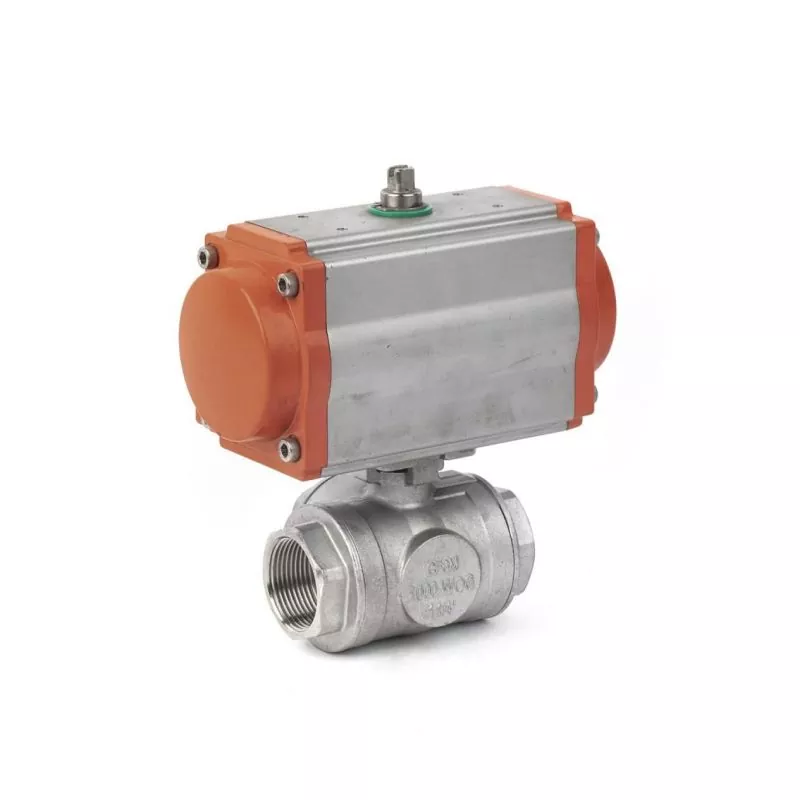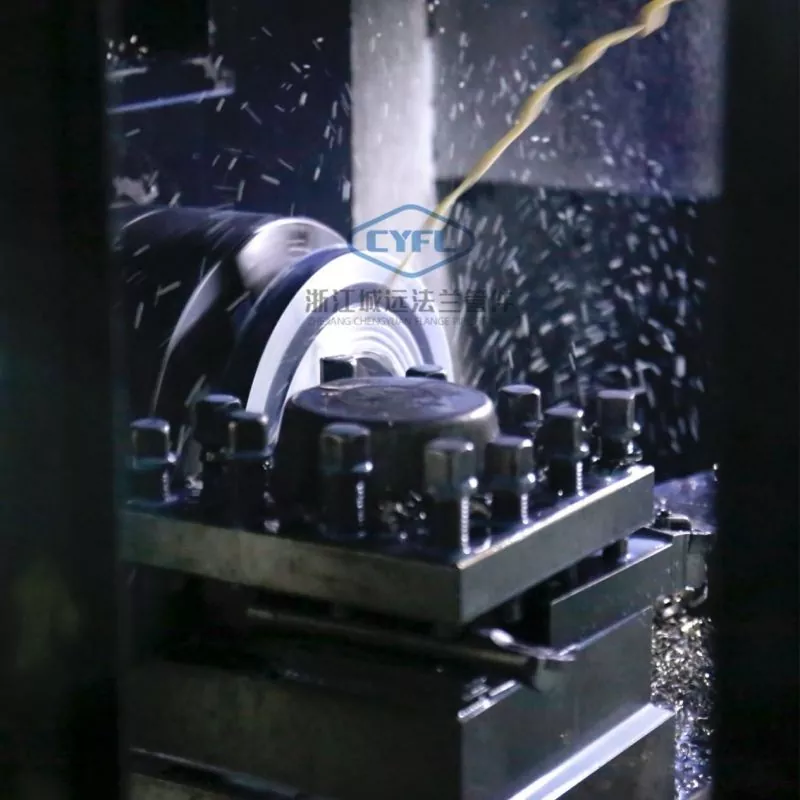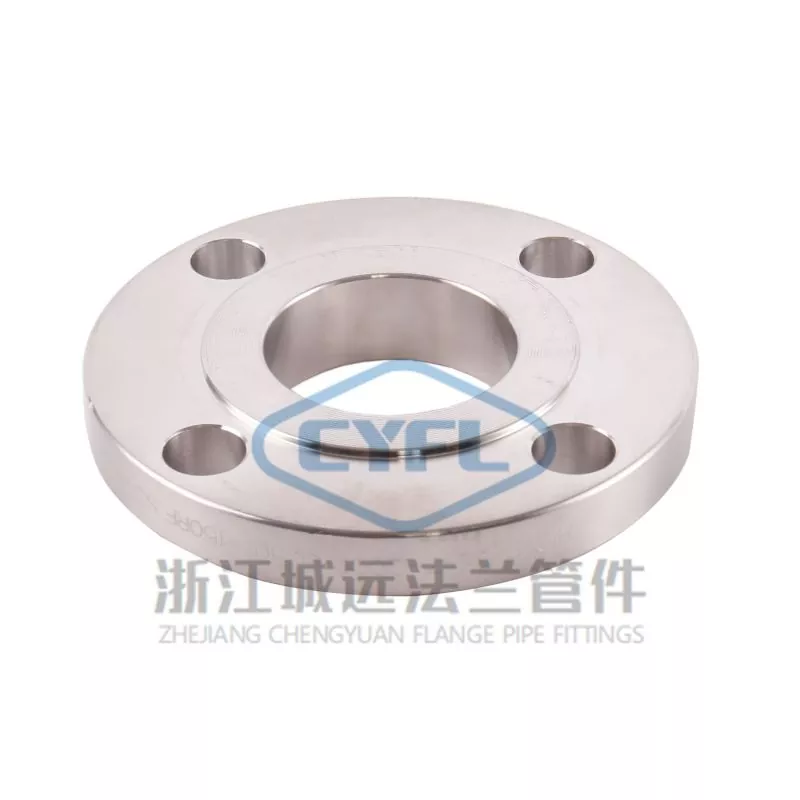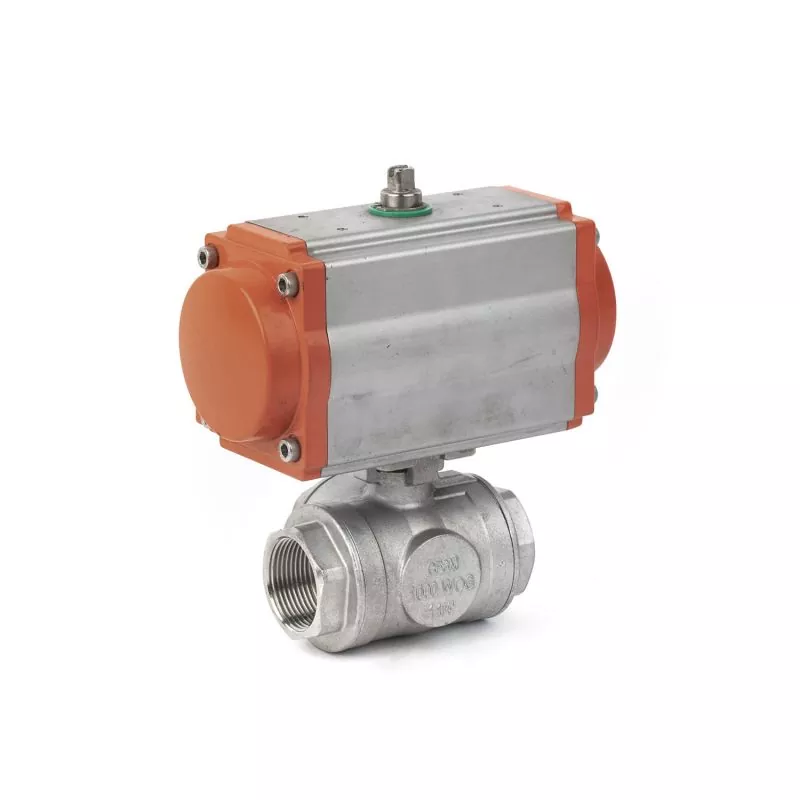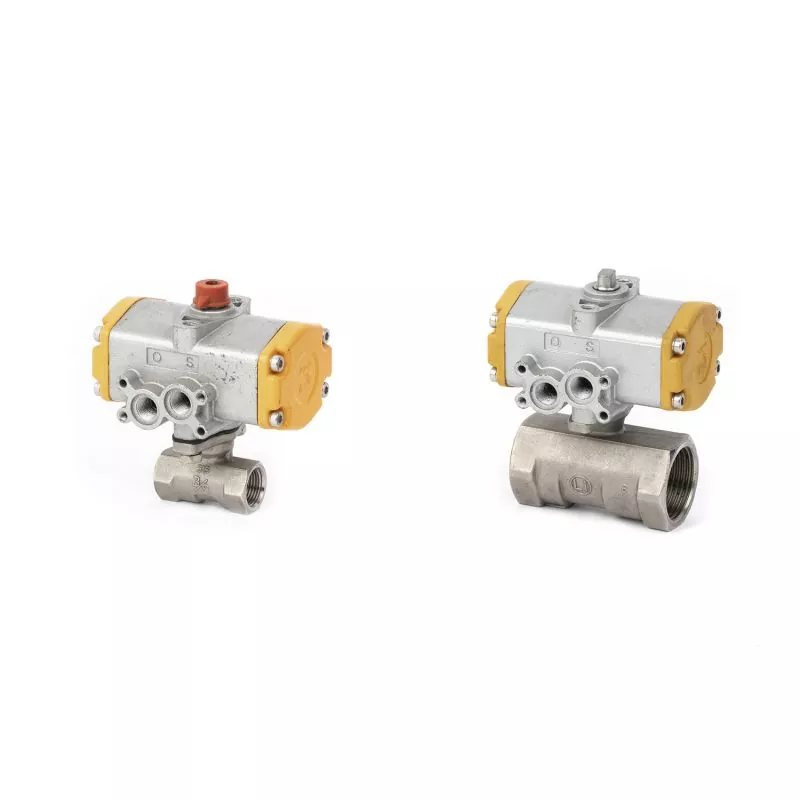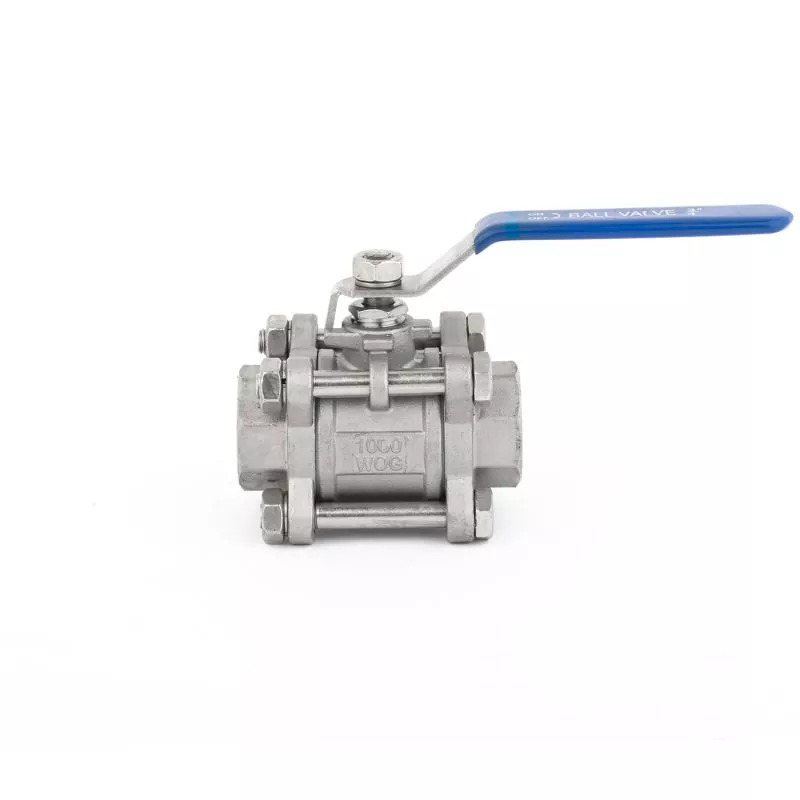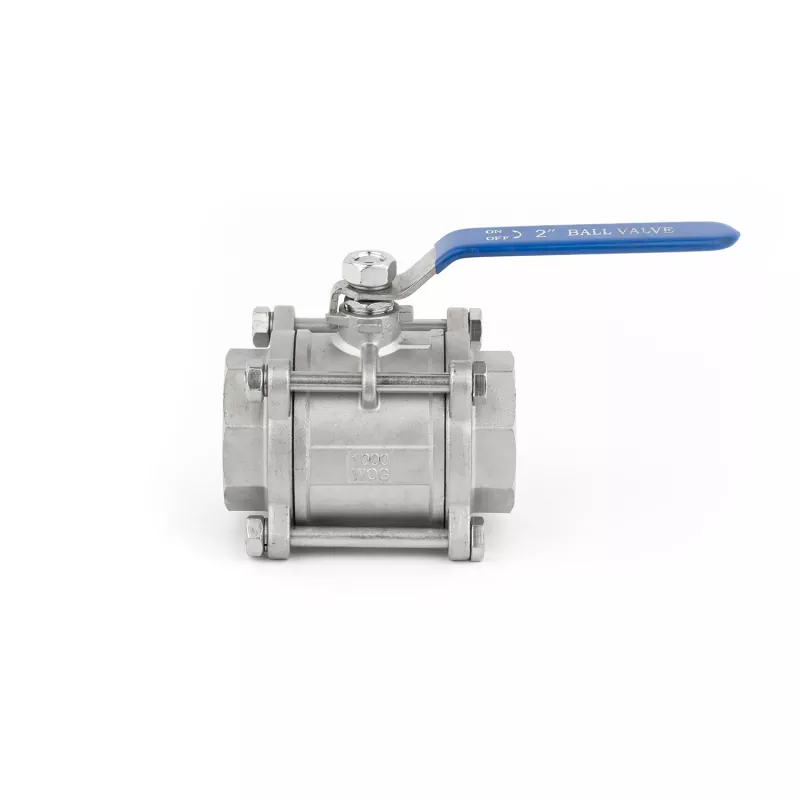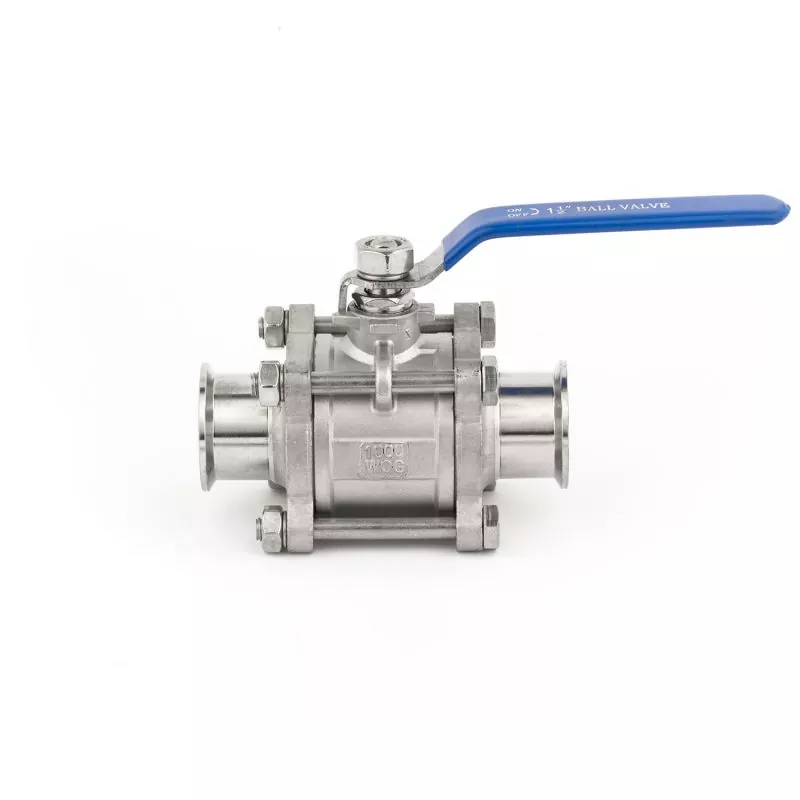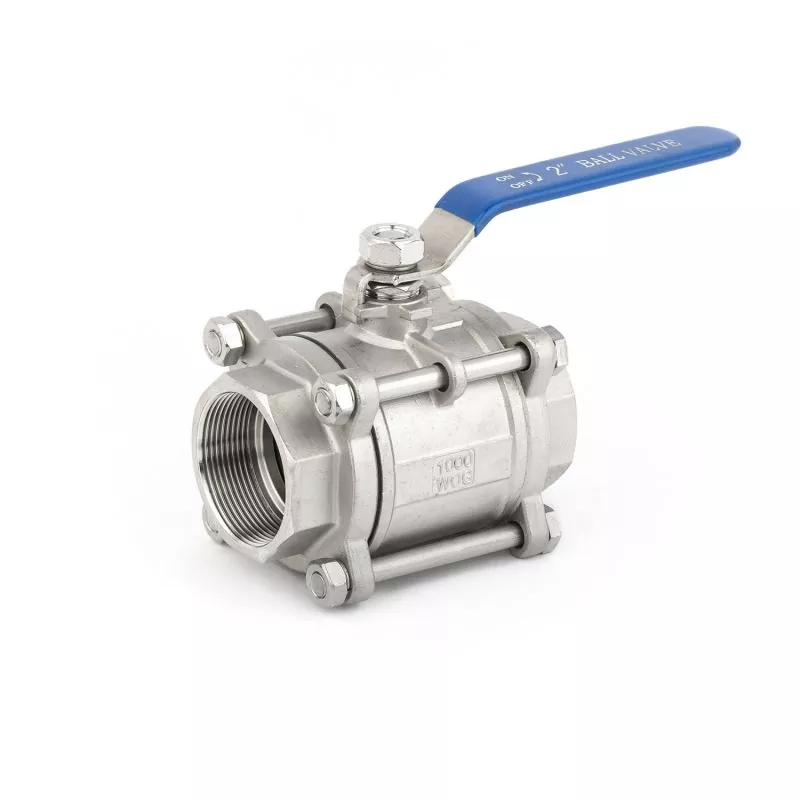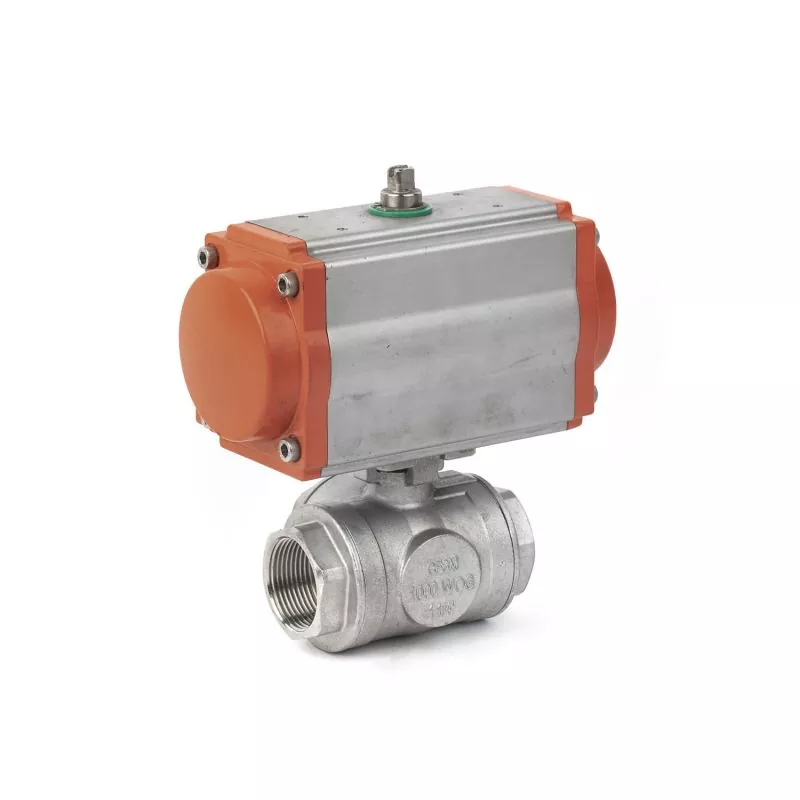- English
- Español
- Português
- русский
- Français
- 日本語
- Deutsch
- tiếng Việt
- Italiano
- Nederlands
- ภาษาไทย
- Polski
- 한국어
- Svenska
- magyar
- Malay
- বাংলা ভাষার
- Dansk
- Suomi
- हिन्दी
- Pilipino
- Türkçe
- Gaeilge
- العربية
- Indonesia
- Norsk
- تمل
- český
- ελληνικά
- український
- Javanese
- فارسی
- தமிழ்
- తెలుగు
- नेपाली
- Burmese
- български
- ລາວ
- Latine
- Қазақша
- Euskal
- Azərbaycan
- Slovenský jazyk
- Македонски
- Lietuvos
- Eesti Keel
- Română
- Slovenski
- मराठी
- Srpski језик
2PC Ball Valves
To stay up-to-date with the latest developments in the 2pc ball valves market, we recommend bookmarking our website. We provide timely and relevant information to help you expand your knowledge and keep informed about industry trends. The market is constantly changing, so it's important to stay informed, and we are committed to providing you with the latest news and updates.
Send Inquiry
Zhejiang Chengyuan 2pc ball valves Introduction Advantages
1. The ball valve has several advantages:
- It has the lowest flow resistance (practically zero).
- It can work reliably even without lubricant, making it suitable for corrosive and low boiling point liquids.
- It can achieve complete sealing in a wide range of pressure and temperature.
- It can open and close quickly, with some structures taking only 0.05-0.1 seconds to operate, making it suitable for use in automation systems.
- The spherical closing parts can be automatically positioned on the boundary position.
- It has reliable sealing on both sides.
- The compact structure and light weight make it the most reasonable valve structure for low-temperature medium systems.
- The valve body is symmetrical, especially in the case of a welded valve body structure, it can withstand stress from the pipeline well.
- The closing parts can withstand high pressure difference when closing.
2. Ball valves with welded bodies can be buried in the ground, protecting internal parts from erosion and increasing their service life up to 30 years, making it an ideal valve for oil and gas pipelines.
Zhejiang Chengyuan 2pc ball valves Disadvantages:
(1) The ball valve's main seat sealing ring material is PTFE, which is highly inert to almost all chemicals and has excellent sealing performance due to its small friction coefficient, stable performance, and wide range of temperature applications. However, the physical characteristics of PTFE, including a high coefficient of expansion, sensitivity to cold flow, and poor thermal conductivity, require that the design of the valve seat seal must take these characteristics into account. When the sealing material hardens, the reliability of the seal can be compromised. Moreover, the temperature resistance of PTFE is limited, and it can only be used at temperatures below 180°C, above which the sealing material will age. In long-term use, it is typically only used at 120°C.
(2) Its regulation performance is poorer than that of globe valves, especially for pneumatic (or electric) valves.
Zhejiang Chengyuan 2pc pneumatic ball valves PROCESS FLOW
The process flow of a 2pc ball valve typically includes the following steps:
1. Preparation: This involves inspecting the valve components for any defects or damage, and cleaning them as necessary.
2. Assembly: The valve components are assembled according to the manufacturer's instructions, with the pneumatic actuator attached to the valve body.
3. Testing: The valve is tested for leaks and functionality, including checking the pneumatic actuator for proper operation.
4. Installation: The valve is installed in the pipeline or system, with appropriate fittings and connections made.
5. Calibration: The valve is calibrated to ensure that it operates correctly within the desired pressure and temperature range.
6. Operation: The valve is operated using the control system, which can be local or remote, to regulate the flow of fluid or gas through the pipeline or system.
7. Maintenance: Regular maintenance is required to ensure the valve continues to operate effectively, including cleaning, lubrication, and replacement of any worn or damaged parts.
